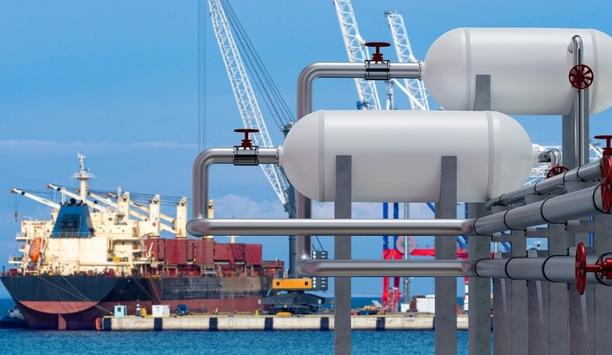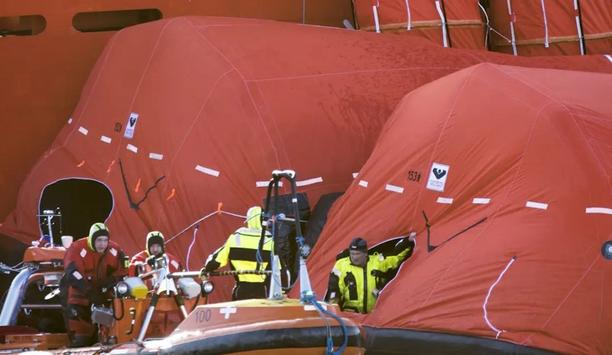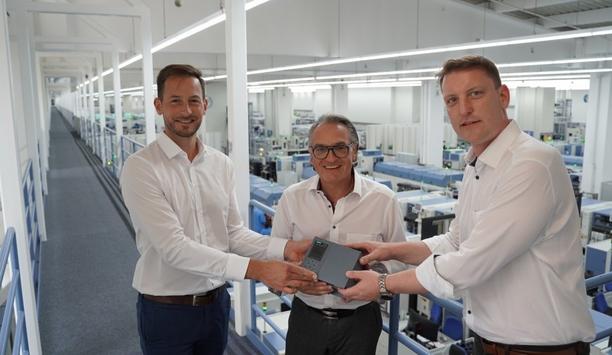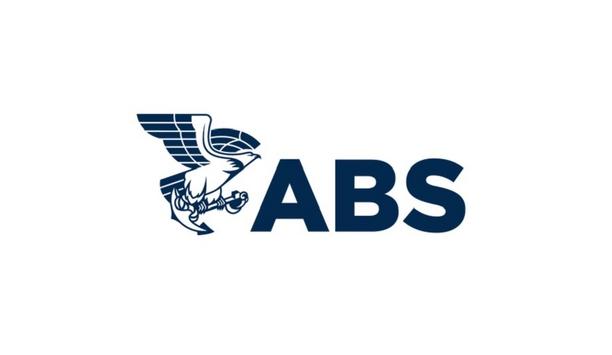Rotterdam Shortsea Terminals (RST) and shipping company Samskip, in partnership with the Port of Rotterdam Authority, have put into service a shore-based power installation, as yet in a trial phase.
Starting from 2030, European regulations will mandate container ships larger than 5000GT to utilise shore-based power. Currently, there is no established standard for receiving shore-based power using a low-voltage installation, unlike the existing standard for receiving shore power with a high-voltage installation.
Substantial cost savings
This trial at RST aims to explore if operating a low-voltage installation at a frequency of 50Hz, instead of 60Hz, is adequate for short-sea vessels. Using a lower frequency for the shore-based power installation leads to substantial cost savings.
The terminal has taken the responsibility of building the installation, and the Samskip Innovator vessel has been adapted to utilise this new power source. The Port of Rotterdam Authority is closely involved in the pilot and looking forward to the results. This initiative marks the first-ever shore-based power installation at a container terminal in the Netherlands.










